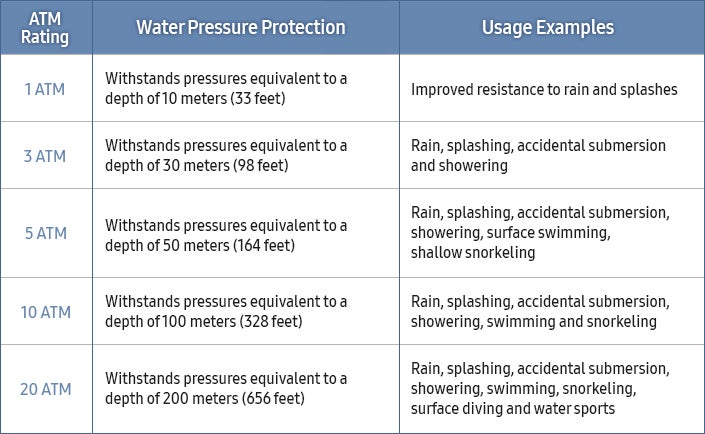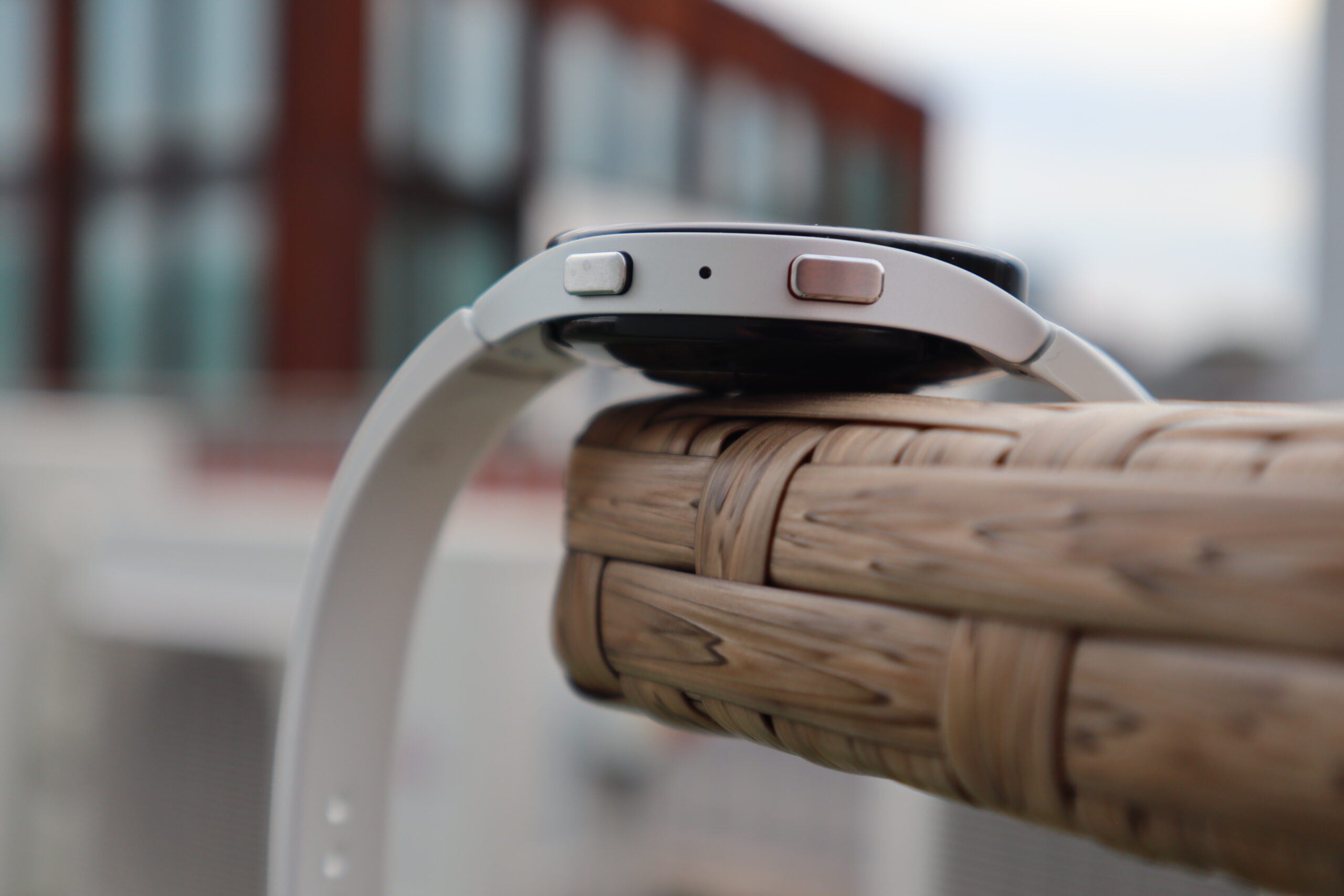[ad_1]
In case you’re trying to purchase a brand new smartwatch, health tracker or one other wearable, you’ve most likely come throughout the time period ‘ATM’ as a approach of expressing water resistance.
Right here’s every thing you must learn about ATM, together with what every quantity means and the way it differs from an IP ranking.
What’s ATM water resistance?
ATM is a water resistance measurement generally featured on each smartwatches and conventional watches.
The time period ‘ATM’ is an abbreviated model of the phrase ‘ambiance’ and is used to explain the quantity of strain a tool can face up to underwater.
The precise quantity of strain a tool can deal with is often decided in laboratory situations, with numbers like 1 ATM, 3 ATM and 5 ATM used to convey precisely how water-proof it’s. Usually talking, 10m of depth is the same as 1 ambiance of strain (or ATM). The upper the quantity, the extra strain the product can face up to underwater.
The definitions and take a look at situations for every ATM classification are formally decided by the Worldwide Organisation for Standardisation in ISO 22810.
You may see Samsung’s abstract of the classifications beneath:

What’s the distinction between ATM and an IP ranking?
In case you’ve ever regarded into the water resistance of a smartphone or pair of earbuds, you might be accustomed to the time period ‘IP’. Loads of flagship telephones carry an IP ranking of IP68 today, for instance.
So, what’s the distinction between IP and ATM?
Like ATM, an IP ranking is a approach of classifying precisely how water-proof a tool is. IP stands for Ingress Safety.
An IP ranking is split into two numbers – the primary refers to how protected that system is in opposition to stable objects (like mud and grime), whereas the second quantity seems to be at how properly the system can face up to liquids (like water and sweat).
This may lead you to imagine that IP rankings are the identical as ATM classifications with the addition of solids. Nevertheless, this isn’t true in any respect.
IP rankings don’t actually account for water strain, which is why an ATM ranking is a greater approach to decide whether or not a tool is protected to take swimming, snorkelling or diving.
That is additionally why you’re extra prone to see the time period ATM on the spec sheet of a smartwatch or health tracker than you might be one thing not designed to face up to massive quantities of water strain, like a smartphone.
[ad_2]

